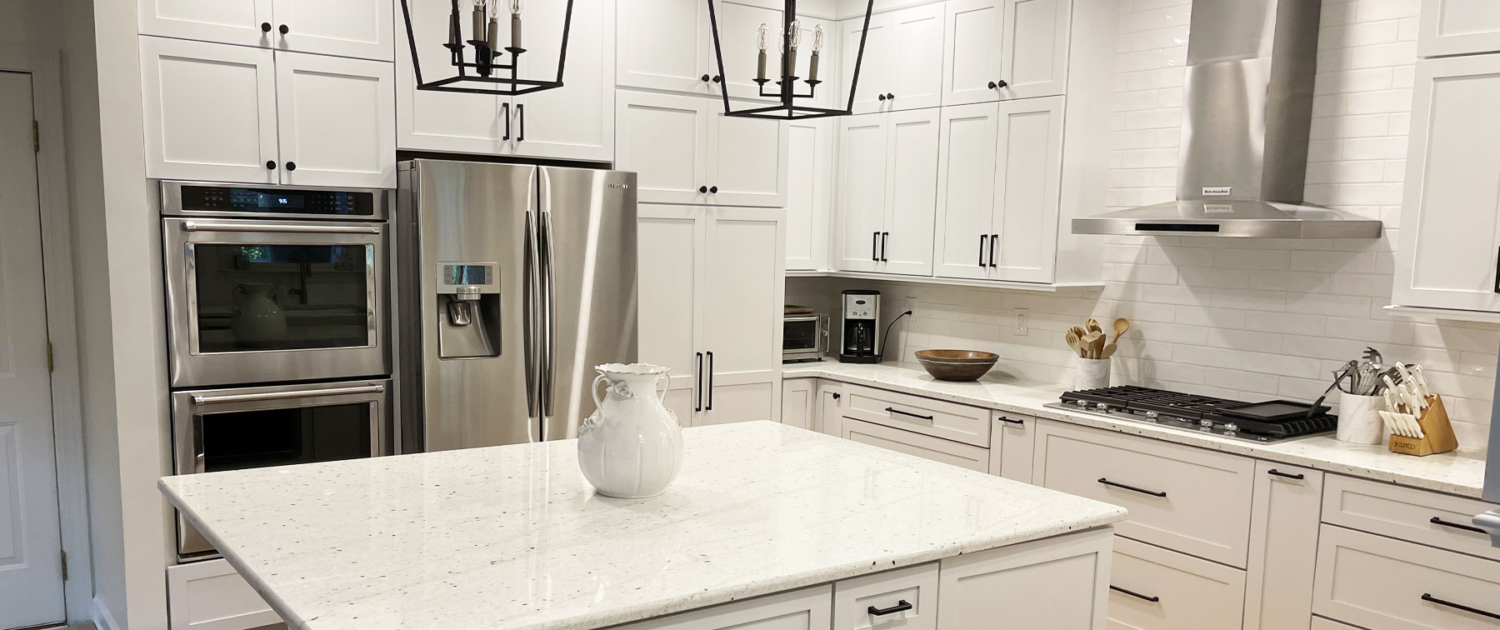What’s Your Inspiration?
There are three prominent design themes most practiced by today’s designers. Below gives a brief description of each to provide a little insight on what theme your personal tastes best match. A good understanding of the different themes will facilitate the design of your new space, allow better communication with our team, and help ensure you will be completely satisfied once work is completed. For your convenience, we have also created a gallery of ideas from designers all across the country. Feel free to browse the many examples we have included. We hope they inspire you and help clarify your vision for your new kitchen, bathroom, or other living space.
Contemporary Design
Contemporary design is most commonly associated with the modern look. Clean lines, open interiors, smooth/polished surfaces, and minimal intricate details are the hallmarks of the contemporary style. Open floor plan, modern appliances and strict adherence to minimalist design are the supporting characteristics that distinguish a contemporary kitchen from others.
Cabinet fronts are usually very simple in a flat panel design with modest embellishments. Common materials used in the cabinets design are steel, plastic, linoleum, laminate, plastic, and glass, along with molded composite woods (MDF or plywood).
Stainless steel and chrome are popular hardware finishes. Natural materials such as granite, slate, stone, and wood are used as complimentary features to warm the color palette.
Traditional Design
Traditional design is rich, warm, and cozy. It emphasizes dark woods and elaborate moldings. This style blends 18th- and 19th-century English and American designs to create an inviting space to cook, eat, and congregate with friends and family. Elements of formal details, symmetry and balance bring a traditional kitchen together.
Some designers differentiate between two styles of traditional design: Traditional and Country. Traditional style incorporates woodsy, natural color scheme; while Country style uses muted colors like creme, white, taupe, and light gray and green.
Cabinet styles are usually ornate with fluted panels, beaded trim, rosettes and dentil crown. A common cabinet door style is the arched raised panel door.
Transitional Design
Transitional Design is a blend of traditional and contemporary styles. It is the place between the old world traditional style of heavy grained wood and the contemporary use of chrome and glass.
Transitional design incorporates lines that are less ornate than traditional designs, but not as minimal as contemporary lines. It borrows elements or references styles of the past and combines them with contemporary features to produce something new.
You can decide how you want to mix and match the past and the present to make a kitchen that truly expresses who you are. The result is classic and clean design that has become the most popular choice among homeowners. In simpler terms, transitional is where old style meets the new.





